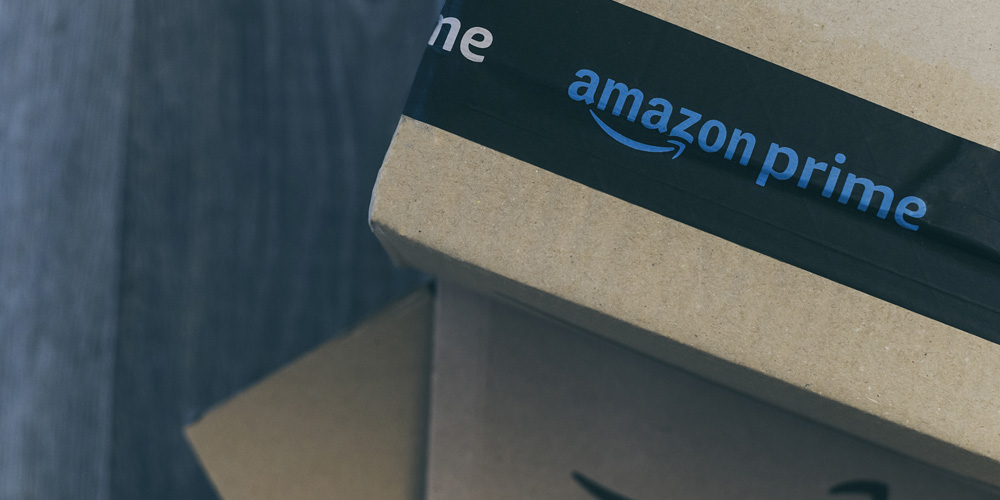Amazon Prime Day is a retail phenomenon that has overtaken the e-commerce world. While shoppers eagerly anticipate the event for its fantastic deals, it presents a unique set of challenges and opportunities for sellers. One intriguing aspect of Prime Day is the introduction of a second Prime Day in October. In this blog post, we delve into a conversation between two sellers who discuss the implications of Amazon's decision to host not one but two Prime Days in a year.
Prime Day 1: A July Delight
Prime Day, typically held in July, is a two-day shopping extravaganza that boosts sales during what is traditionally a slow month for retailers. This year’s Prime Day, held on July 11 and 12, saw remarkable results. Amazon reported record-breaking sales, with a staggering $11 billion in total sales generated during the event. This is a testament to the immense popularity of Prime Day among shoppers.
During July’s Prime Day, sellers also experienced a significant uptick in their sales. In fact, over 250 million products were sold by third-party sellers on Amazon's platform during the two-day event. While Prime Day provides sellers with a fantastic opportunity to move inventory and boost rankings, it's important to note that it often comes at the cost of reduced margins due to the heavy discounting required to compete effectively these days. Nevertheless, the numbers speak for themselves, making Prime Day an essential date on the calendar for Amazon sellers.
Prime Day 2: The October Surprise
Amazon's decision to introduce a second Prime Day in October for a second year, expected to be on October 10 and 11, has left many sellers pondering its impact on their holiday season sales. This second Prime Day, called Prime Big Deal Days event, though successful in its own right, doesn't quite match the sales power of its July counterpart. Sellers question whether this additional promotional event steals the thunder from the traditional Black Friday and Cyber Monday sales periods.
According to NielsenIQ, last year, 60% of consumers who shopped during day one of Amazon’s Prime Early Access Day were returning consumers who also shopped on Amazon Prime Day in July. And 50% of consumers surveyed noted that they shopped on Amazon’s Early Access Day to find deals on holiday gifts for family and friends.
While the jury is still out on the long-term effects of the second Prime Day, the numbers suggest it's a noteworthy event for sellers. As detailed in Jungle Scout's guide, Prime Day 2 provides a valuable opportunity for sellers to increase sales, gain product visibility, and test promotions. However, sellers must also contend with managing inventory and pricing strategies for October and the ensuing holiday season. The competition for shoppers' attention during these critical sales periods has never been fiercer, making careful preparation and strategy paramount.
Timing Is Everything
One key challenge that October’s Prime Big Deal Days event poses is timing. Amazon typically provides sellers a narrow window of just two weeks to prepare their deals and promotions. This tight schedule puts immense pressure on sellers to get their inventory ready for FBA (Fulfillment by Amazon) fulfillment, which can take several weeks. The result is that sellers often have to invest in larger inventory stockpiles, tying up capital and risking overstock.
The Black Friday Conundrum
Many brands have developed a well-oiled machine for Black Friday and Cyber Monday sales. They have established logistical operations and pricing strategies for these critical events. Prime Big Deal Days event forces sellers to juggle their preparations for October and the subsequent holiday season. This challenge raises concerns about whether sellers can adequately prepare for both events without spreading too thin.
The Prime Badge Effect
Despite the challenges, participating in Prime Day events remains crucial for sellers. The coveted Prime badge continues to be a significant factor in driving sales. Customers have come to expect two-day shipping and are more likely to click on products that display the Prime badge. This alone can lead to a 20-30% boost in sales.
The Packaging Dilemma
Amazon's recent initiative to ship products without their original packaging has sparked discussions among sellers. While this approach may be eco-friendly and more cost-effective, it raises questions about product presentation and customer satisfaction. Sellers must now consider investing in Amazon-approved packaging to meet the retailer's standards.
Amazon's decision to host a second Prime Day in October has undoubtedly changed the landscape of e-commerce promotions. While it offers increased sales and product visibility opportunities, it also presents significant logistical and strategic challenges for sellers. Balancing the demands of Prime Big Deal Days event with preparations for the holiday season requires careful planning and flexibility.
As Amazon continues to innovate and expand its promotional calendar, sellers must adapt and find ways to thrive in this ever-evolving marketplace. While the jury is still out on the long-term effects of the Prime Big Deal Days event, one thing is clear: For those who can navigate the complexities, the rewards of participating in Amazon's Prime Day events remain substantial.
We Can Help!
Phelps UNITED is here to provide expert guidance on your Amazon selling strategy and brand advertising tips, explore our website to learn more.


